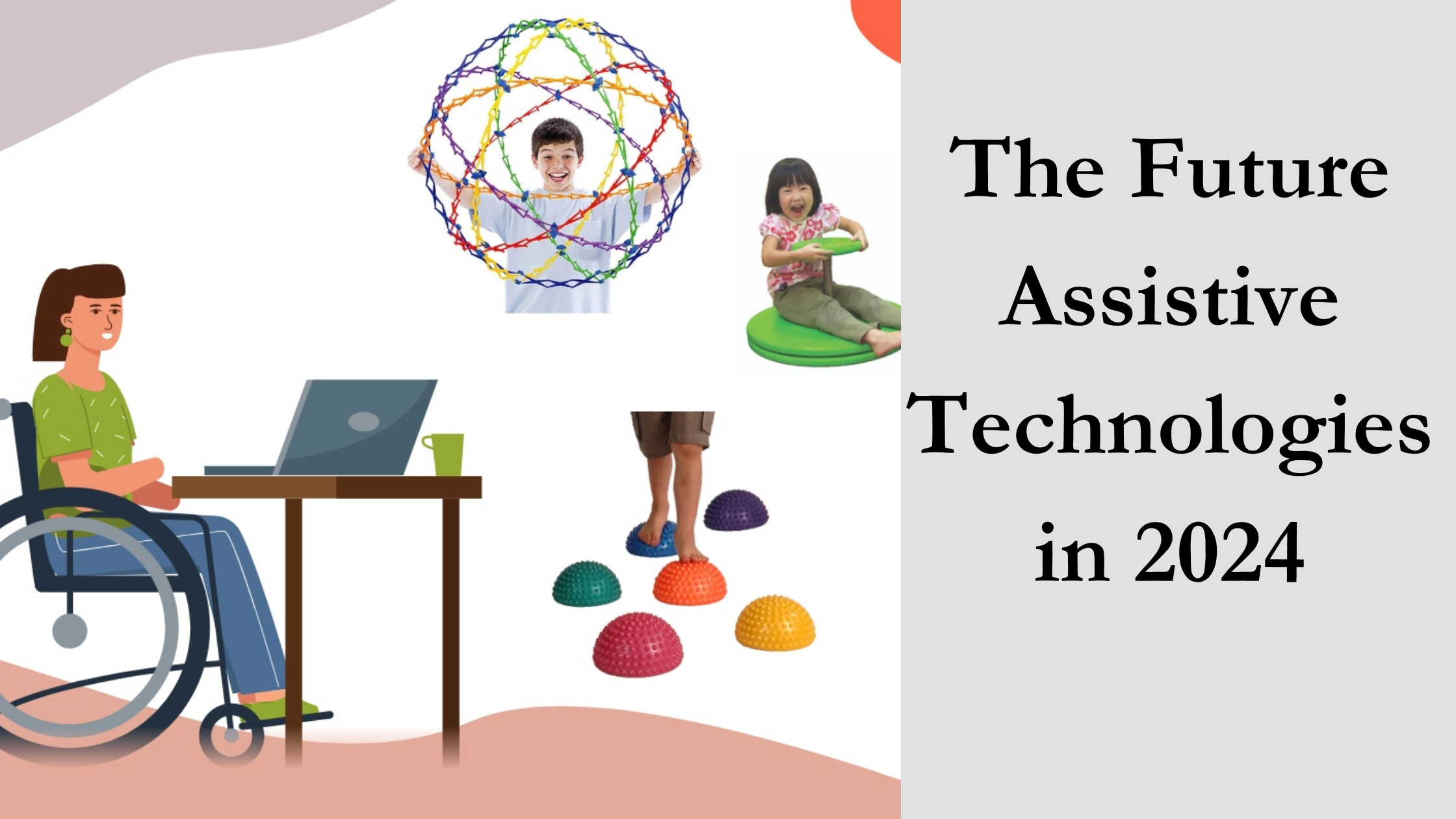Assistive Technologies
For those of us who are disabled, Assistive Technologies may significantly improve our quality of life daily. We’ve looked for the top new assistive technologies that will be significant in 2024 and that have been introduced thus far in 2025.
Technology can help people with disabilities get around, acquire their medication, and participate in the community.
We’ve searched the market this year to compile a list of the most innovative new assistive technology products on the market for those with physical, mental, and sensory impairments.
Certain technologies are still in the early stages of development and are not yet available in Australia, but if the trials conducted elsewhere are successful, we should expect to see them introduced here as well.
The Top 5 New Devices For Assistive Technology
1. The Smart Cushion Orbiter
A wheelchair-specific seat cushion is the Kalogon Orbiter Smart Cushion. It has cutting-edge sensors that recognize and alleviate the conditions that might cause pressure sores. It significantly lowers the likelihood of acquiring pressure-related injuries by dispersing weight intelligently and relieving pressure.
The Kalogon Orbiter protects delicate regions from direct pressure by means of its redistribution system. This serves as a preventive strategy against future injuries in addition to assisting in the healing of current pressure ulcers. Regardless of their physical limitations, the technology is carefully designed to increase the user’s tolerance to extended periods of sitting, allowing them to continue leading an active and pleasant sedentary lifestyle.
People may easily customize the experience by adjusting the cushion’s comfort and stability settings using a specialized mobile application, which is accessible here for iOS and Android mobile devices.
2. The Hands-Free Glassouse Mouse
The GlassOuse is a hands-free mouse substitute designed to help people with limited mobility, particularly those who have physical limitations that make using regular mice difficult. It does away with the necessity for manual hand control by enabling users to browse computers, tablets, or cellphones with head motions and facial expressions. Additionally, it may be used to control speech-generating apparatuses, environmental control systems, and other communication aids.
The GlassOuse is a wearable computerized eyewear that tracks the motions of the user’s head thanks to carefully positioned sensors. It connects to gadgets via either USB or Bluetooth. These motions are translated into on-screen pointer operations by the sensors. Individuals with physical limitations can use a bite-click button that is connected to the device or precise head motions to do operations like clicking, scrolling, and dragging.
People with diseases including spinal cord injuries, cerebral palsy, ALS (amyotrophic lateral sclerosis), and other neuromuscular ailments that impair hand and arm motion may find great benefit from this cutting-edge assistive equipment. Through the GlassOuse, individuals with physical disabilities may engage with digital communication devices, browse the internet, communicate, and do activities on their own. This enhances accessibility and inclusion for all.
3. Strap Technologies’ Ara Assistive Technology Device
Ara from Strap Technologies can be compared to a wearable cane for people with vision impairments. With its sophisticated sensors and algorithms, Ara helps its wearer navigate their everyday life more safely and effectively by interpreting their environment and providing feedback.
Ara continually gathers real-time environmental data by placing sensors on the wearer’s head, chest, and lower body in crucial locations. The user is then informed of potential hazards along their route, for example, by haptic feedback derived from this knowledge. To ensure successful communication, distinct vibration patterns are given to different situations.
Ara’s cleverness is in how well it adjusts to the user’s walking speed. The technology improves proactive hazard avoidance by extending its range to detect impediments at a wider distance while the wearer is traveling quickly.
According to Strap Technologies, Ara helps to reduce the risk of accidents caused by previously unseen things by an astounding 80%. This wearable technology represents a major advancement in improving the security and mobility of those who are blind or visually impaired.
4. Glasses Made By Xander
The smart eyewear known as Xander Glasses by Xander uses the most recent artificial intelligence (AI) voice recognition software to give captions for real-world conversations, much like closed captions on television. They can be used in addition to conventional hearing aids and are designed for those with hearing loss.
Wearers of these intelligent glasses may participate in conversations with ease and keep eye contact with speakers thanks to the subtle voice transcription and projection technology built into the lenses.
The voice recognition software may be used without an internet connection, and users can choose where they would like the captions to appear on their glasses.
5. Watch Angelsense
A GPS monitoring watch called the AngelSense Watch is intended to help those who have difficulties with independent living. Caregivers may check on their loved ones at any moment by talking to them through the AngelSense watch. In the unlikely event that the wearer needs their caregiver, they can push the SOS call button on the gadget.
In addition, the watch facilitates quick location identification in case of emergency and lets caregivers track the precise whereabouts and travel routes of their loved ones. Moreover, this assistive technology gadget allows for personalized safe zones, automated geofencing, and a daily timeline with a complete location history. Additionally, it picks up on the wearer’s routine routes and notifies the caregiver when the wearer deviates from them.
Read More: The Future of Smart Speed Bump
Read More: High-Performance Concrete Build Business Case Value
